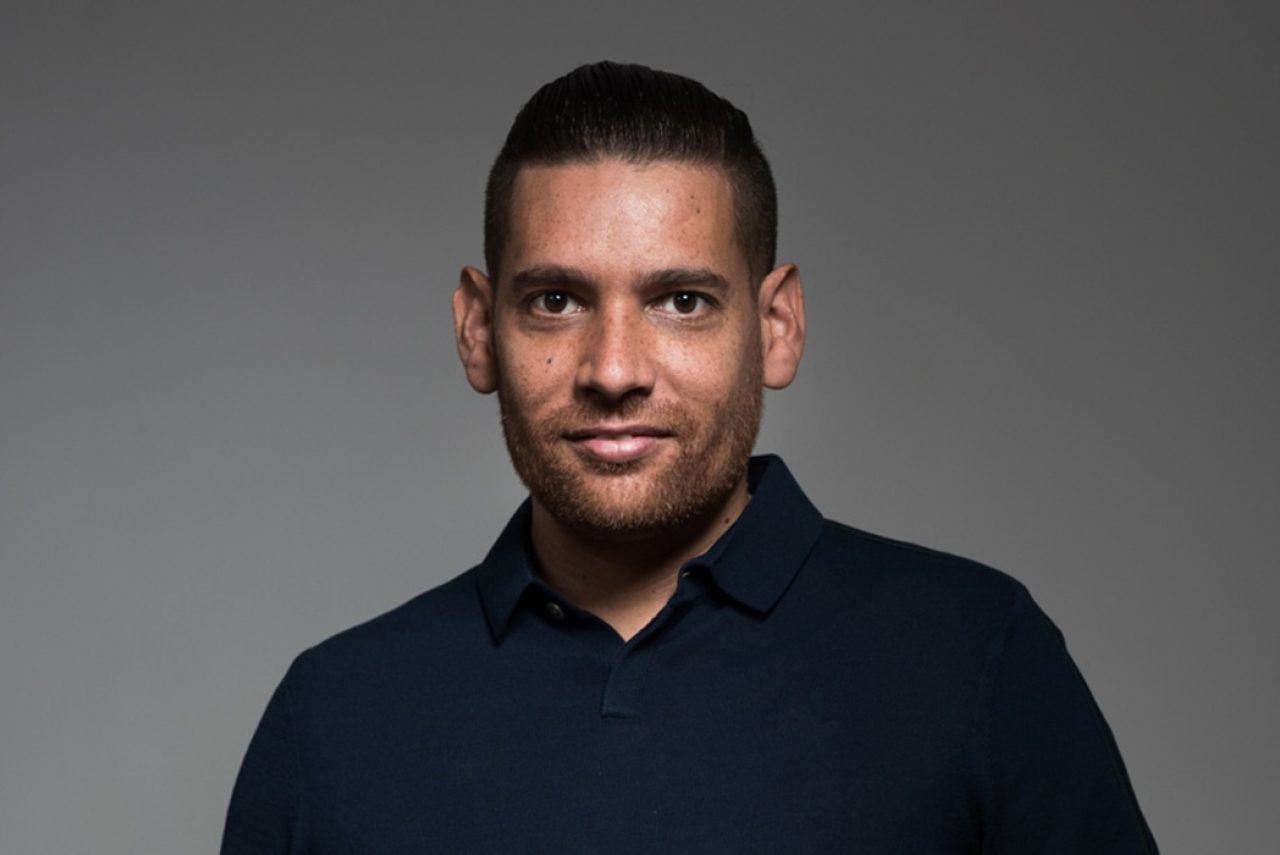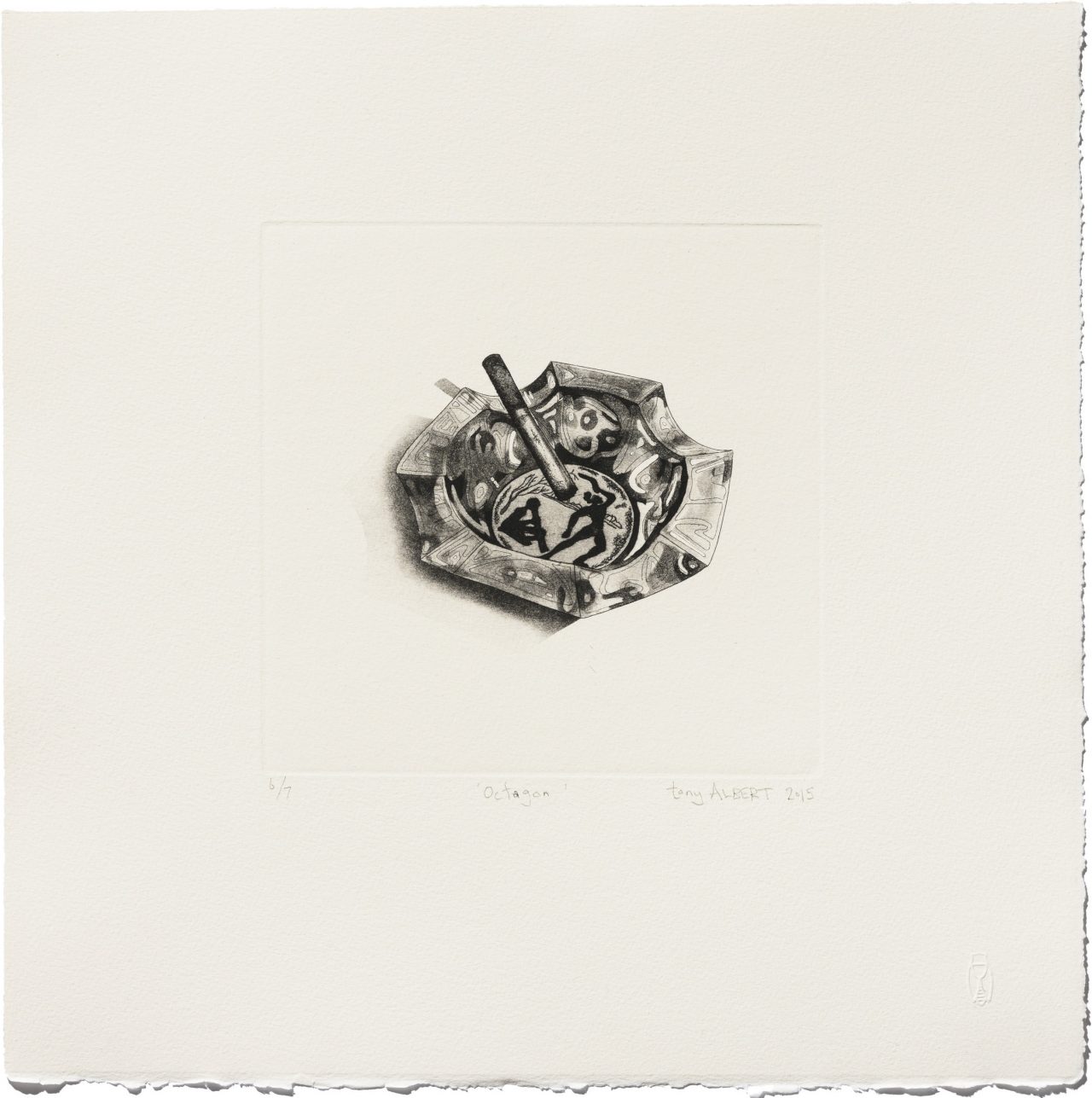Tony Albert (b. 1981) explores contemporary legacies of colonialism in ways which prompt audiences to contemplate elements of the human condition. Albert draws on both personal and collective histories to explore the ways optimism is utilised to overcome adversity, and consider identity and the ascribing of social labels. Appropriating popular music, film, fiction, and art history, Albert plays with the tension between visibility and invisibility of Aboriginal People across the news media, literature, and the visual world. Central to this way of working is Albert’s expansive collection of Aboriginalia (a term the artist coined to describe kitschy objects and images that feature naive portrayals of Aboriginality).
Albert’s work has been exhibited extensively. Select group and solo exhibitions include ‘Encounters’, Art Basel Hong Kong (2019); 22nd Sydney Biennale (2019); ‘Just Not Australian’, Artspace Sydney (2019); ‘The National 2019: New Australian Art’ Carriageworks, Sydney (2019); ‘Australia: A Journey Down Under’, PAC Milan (2019); ‘Queens Land: Black Portraiture from the Late 19th Century to the Present’, Cairns Regional Gallery (2019); ‘Visible’, QAG|GOMA (2018); 3rd National Indigenous Art Triennial, National Gallery of Australia (2017); ‘In Cahoots’, Freemantle Arts Centre Perth (2017); ‘Sappers & Shrapnel’, Art Gallery of South Australia (2016); Tarnanthi, Art Gallery of South Australia (2015); ‘Guarding the Home Front’ Casula Powerhouse (2015); 31st National Aboriginal & Torres Strait Islander Art Award (2014); Adelaide Biennial (2014); ‘Vivid Memories: An Aboriginal Art History’, Musee d’Aquitaine, Bordeaux, France (2013); ‘String Theory’, Museum of Contemporary Art Sydney (2013); ‘‘My Country, I Still Call Australia Home: Contemporary Art from Black Australia’, QAG|GOMA (2013); ‘The Collectors Show: Weight of History’, Singapore Art Museum (2013); ‘The Future’s Not What it Used to Be’, Chapter Gallery, Cardiff Wales (2012); ‘unDisclosed: 2nd National Indigenous Art Triennial’, National Gallery of Australia, Canberra (2012); ‘Roundabout’, Tel Aviv Art Museum, Israel (2011), and Wellington City Gallery (2010); ‘The Trickster’, Gyeonggi Museum of Modern Art, Seoul (2010); The 10th Biennial of Havana (2009); Terra Nullius, ACC Galerie Weimar, Germany (2010); and ‘The Revenge of Genres’, Liege, Belgium and Cité Internationale des Arts, Paris, France (2007).
Albert was the recipient of the 2016 Fleurieu Art Prize and in 2014 was awarded both the prestigious Basil Sellers Art Prize and the Telstra National Aboriginal & Torres Strait Islander Award. In 2013 Albert was commissioned to create an artwork for the Sydney Hyde Park War Memorial to commemorate indigenous soldiers. He is represented in all major public collections in Australia.

